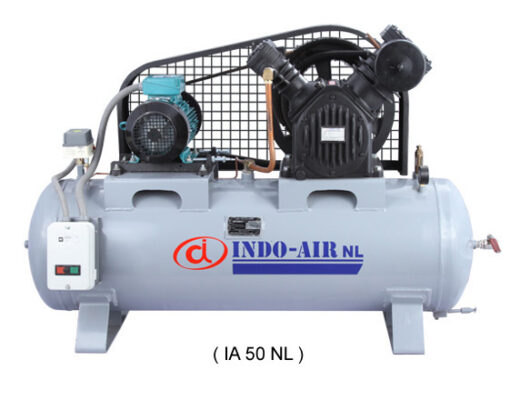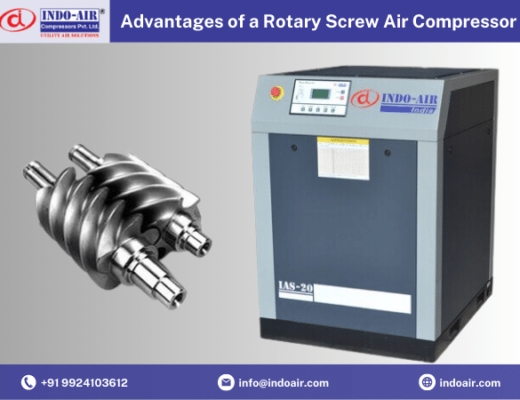It’s critical to distinguish between the rotary screw compressor and the piston/piston compressor when choosing the best air compressor for your company. Their mode of operation is the first obvious distinction. Rotary compressors work by trapping air between two screws that rotate in opposition to one another. In piston compressors, the air inside the cylinder is compressed by pistons that rise and fall.
Although most businesses have relied on the traditional piston model and piston air compressors, evaluating the maintenance costs, necessary applications, and unique characteristics of each will help you decide which is best for your productivity and bottom line. Piston compressor as well as rotary screw air compressor manufacturers in India make different types of compressors and in this article, we will compare between the two so that you can figure out which is good for your needs.
Working
Positive displacement compression is the technique used in rotary screw compressors. Here, the male and female rotors of the rotor assembly capture the air, which then moves forward under pressure. The air between the two rotors of an oil-injected screw compressor is compressed as the rotors are sprayed with oil to serve as a coolant, sealer, and lubricant. Here, the oil coats the rotors in a thin coating, but it also mixes with the compressed air in the compression chamber.
In a piston compressor, the prime mover, which is either an electric motor or a fuel-driven engine, drives the crankshaft. It will be possible to add an air tank to the machine to store the compressed air. The piston inside the machine is propelled up and down by the crankshaft as it turns. The cylinder has a valve at each end. Air enters the cylinder when the piston moves in one direction.
Maintenance
According to air compressor manufacturers in Ahmedabad, the rotary screw compressor has fewer maintenance needs and expenses than the piston compressor, which is one of its benefits. Rotary compressors often only need minor oil and filter maintenance. The many components of piston air compressors, including the valves and piston rings, need to be checked frequently. The compressors generate greater heat as these components age and gradually lose performance value if maintenance standards are not consistently adequate.
Applications
It’s crucial to think about your intended use when evaluating compressor types. Reciprocal air compressors can operate at greater levels, which is a definite advantage over rotary screw compressors. For tasks needing pressures greater than 150 psi, they work better. They are employed in a range of industries because of their versatility in demanding applications. They can also be base mounted or installed right onto tanks. Use Lewis Systems’ CFM calculator to calculate your air compressor’s output at various pressures.
Under 150 psi, Rotary Screw Air Compressors perform at their best. They are therefore perfect for common applications in the plant industry. Many healthcare and manufacturing companies find them to be economical because they are reliable and have extended life cycles. Additionally, they can operate on either gas or electricity, just as piston compressors.
Features
Some of the comparative features of both the compressors are listed below
Rotary screw compressor features
There are optional noise-reducing designs and enclosures, plus they’re more energy-efficient, produce less heat, and work in extremely cold temperatures. Constant running without the need for pistons to rest for cooling Safe and reasonably modest in size
Piston compressor features
High power and high pressure are produced; there is no oil carryover; the compression range is greater; intermittent operation is improved; the most popular compressor has a lower initial setup cost.




